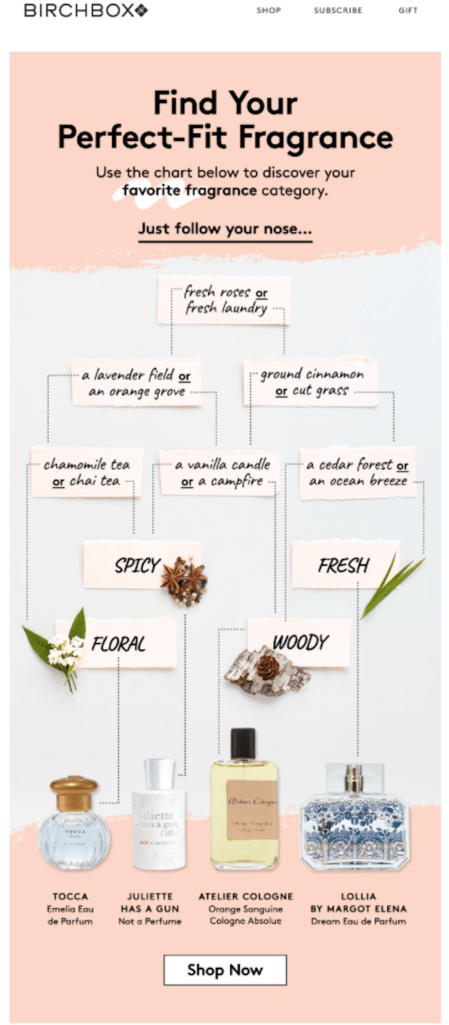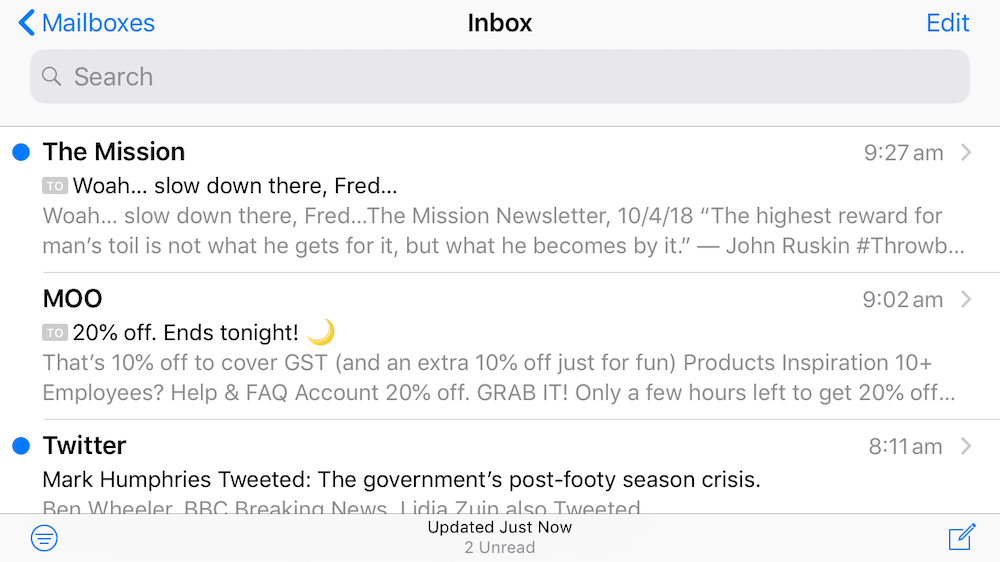Have you ever wondered why certain businesses excel at generating revenue through email marketing, while others fall short?
There are an endless number of metrics to point at and blame, but the problem for most mailers starts at the source.
Goal 1: Grow Your Email List
This is the most obvious goal of email marketing, and it is always relevant.
The more list members you have, the more likely it is for your content to convert.
While there are many ways to grow an email list, some of the most effective methods include:
Add more touchpoints. Create a ‘contact us’ section on any print media, add a sign-up form on invoices, or host a giveaway at a trade show.
Evaluate your website. Make sure that your newsletter sign-up form is apparent and appealing on every high traffic page of your site.
Convert offline prospects. Reach out to potential list members in the places they frequent the most. Advertise on a website they visit, sponsor an event they attend, even send a postcard!
Let Your Readers Help. Invite list members to write a segment for your newsletter or incentivise members to share your list with like-minded people.
By adding sign up options or incentives to your print media, website, and real life ventures, you will increase the number of opportunities a target audience member has to join your email list.
Goal 2: Increase Open Rates
No open rate is too high. The more people are opening your emails, the greater the chance that they will engage with your content and ultimately convert into a customer.
When it comes to improving open rates, we have limited control over a few key factors. The subject line, timing of the send, and relevance of the content.
For this reason it is necessary to create iterations of your content, then conduct A/B split tests to see which strategies work better for you.
Send different variations of your subject lines and content topics to segmented members of your list, and keep track of what time that you send your email. Looking back on this information can give you powerful insight on what methods lead to a higher open rate.
Goal 3: Boost Your Click-Through Rates
Your click through rate, or CTR, is one of the most important metrics to keep your eye on. A high CTR means that your email content is resonating with your audience, while a low CTR indicates that you need to improve your messaging.
On average, a CTR of 1-5% is acceptable, while a CTR of 3% of more is considered good.
To achieve an increased CTR in your email, start by segmenting your list members into specific niches, and then develop interactive content such as a surveys or polls, embedded games, or even a digital scratch card like this one from Bose.
For more engaging email element ideas to boost your click through rate, check out How to Implement Interactivity into your Email Marketing.
Goal 4: Reduce the Unsubscribe Rate
We all want to maintain a healthy list, that is part of the reason why the unsubscribe button exists!
However if your unsubscribe rate starts to pass 0.5%, it is time to re-evaluate your content strategy.
The gold standard is to implement double opt-in options, where users will be sent a verification email to accept after subscribing to your list. Or, consider adding an opt-down menu to your unsubscribe page that allows users to choose the content type, pause the newsletter, or limit the frequency of emails they receive.
Either process will give the subscriber more control over how they see your newsletter.
By giving your subscribers more options, you are building trust and showing that you care about their preferences which will ultimately lead to better open rates, CTR, and an overall a more active list.
You can learn more about opt-ins and opt-downs in The Ultimate Guide to Opt-Outs.
Goal 5: Generate (more) Revenue
Generating revenue from email marketing can be a lucrative task. Some individuals have been able to make a full-time living from their lists.
What is their secret?
Community.
Building a loyal following who trusts and values the information you provide is key to generating revenue from email.
To do this, provide educational content, drill down to the important topics in your industry, offer discounts or other incentives, and make sure to personalize your emails to the best of your ability.
By consistently providing quality content and building relationships with your list members, over time you can turn your email list into a powerful revenue-generating machine.
Resources
Net Atlantic: https://www.netatlantic.com/
Seven Handy Email Marketing Tools: https://www.netatlantic.com/resources/articles/seven-handy-email-marketing-tools-to-help-you-write-and-create-your-best-email-newsletter
















You must be logged in to post a comment.